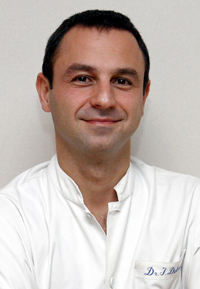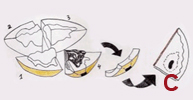

 Centro Médico Teknonen/health-centers/centro-medico-teknon
Centro Médico Teknonen/health-centers/centro-medico-teknon Centro Médico Teknonen/health-centers/centro-medico-teknon
Centro Médico Teknonen/health-centers/centro-medico-teknon- Hospital Quirónsalud Barcelonaen/health-centers/hospital-quironsalud-barcelona
- FACULTATIVO ESPECIALISTA DERMATOLOGÍADermatología Médico-Quirúrgica y VenereologíaCentro Médico Teknonen/health-centers/centro-medico-teknon
- Centro Médico Teknonen/health-centers/centro-medico-teknon
- Centro Médico Teknonen/health-centers/centro-medico-teknon
- FACULTATIVO ESPECIALISTA DERMATOLOGÍADermatología Médico-Quirúrgica y VenereologíaCentro Médico Teknonen/health-centers/centro-medico-teknon
- FACULTATIVO ESPECIALISTA DERMATOLOGÍADermatología Médico-Quirúrgica y VenereologíaCentro Médico Teknonen/health-centers/centro-medico-teknon
- FACULTATIVO ESPECIALISTA DERMATOLOGÍADermatología Médico-Quirúrgica y VenereologíaHospital Quirónsalud Barcelonaen/health-centers/hospital-quironsalud-barcelona
Extirpation of the tumorous tissue
An anesthetic is first administered to the affected area and the surgical procedure is not begun until all the area to be treated is completely numb. Once the anesthetic has taken effect, the doctor then extirpates the layer of skin affected by the tumorous growth.

Basal cell carcinoma in a fold of the lower eyelid.
lllustrations of the tumoral growth
Sophisticated preparation of small sections of tissue extirpated for microscopic examination to determine if the tumor has been completely removed
Hemostasis is performed to prevent bleeding and the wound is provisionally healed while awaiting the laboratory results. While awaiting the results of the microscopic analysis, the patient may be accompanied, read a magazine or watch TV in a private compartment at Centro Médico Teknon Day hospital. This stage lasts for approximately 30-45 minutes.



 Sections excised and frozen usin cryostat and
Sections excised and frozen usin cryostat and
prepared for microscopic slide identifications
The foregoing procedure is repeated if any cancerous cell is detected, but only in the affected area, until total cure is achieved




The defect left after extirpations is "repareid" in the most aesthetic way possible, depending on its magnitude, location, type of skin, etc. The final appearance can be appreciated several months after the stitches are removed.
Under normal conditions, the average number of stages is between one to three(which normally require from 2 to 4 hours for complete cure), although this depends on each particular tumor, its location and whether or not it has been previously treated.



































